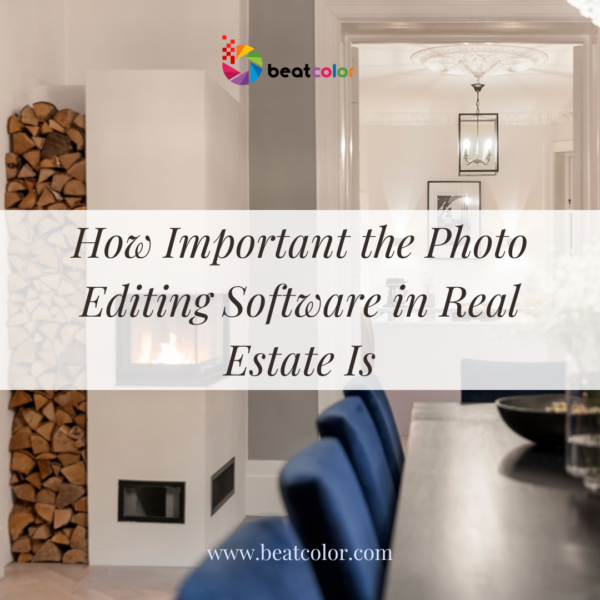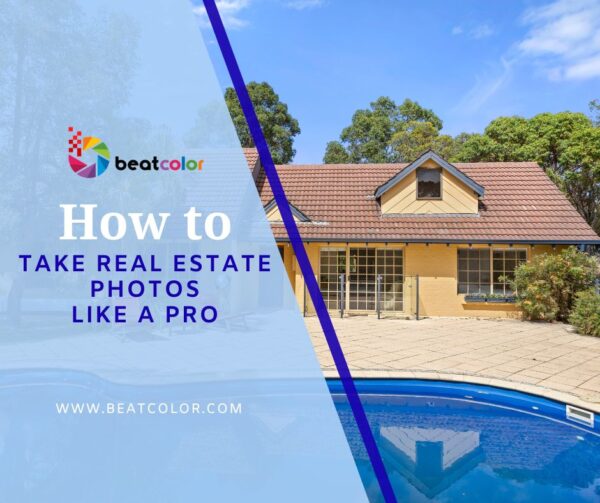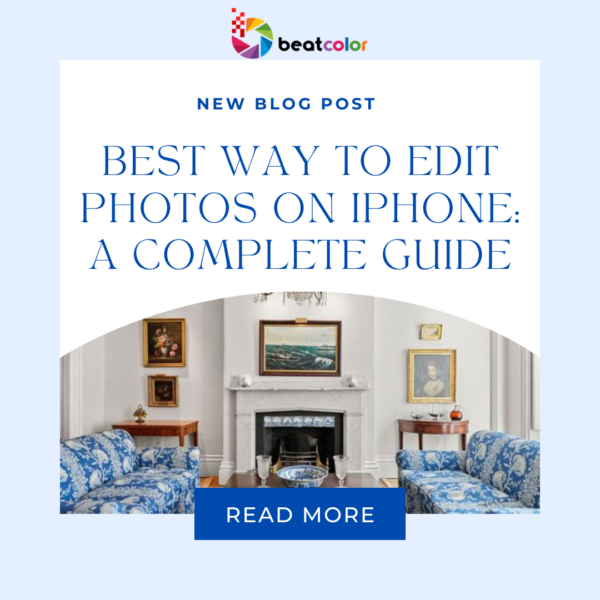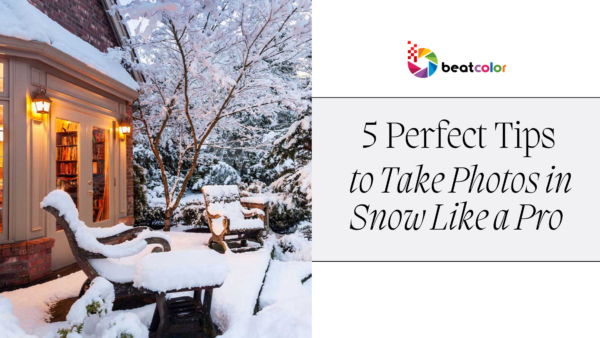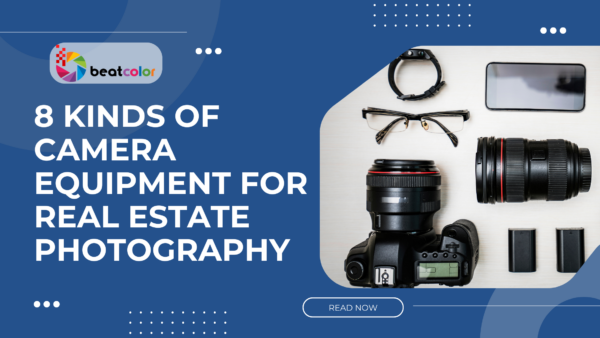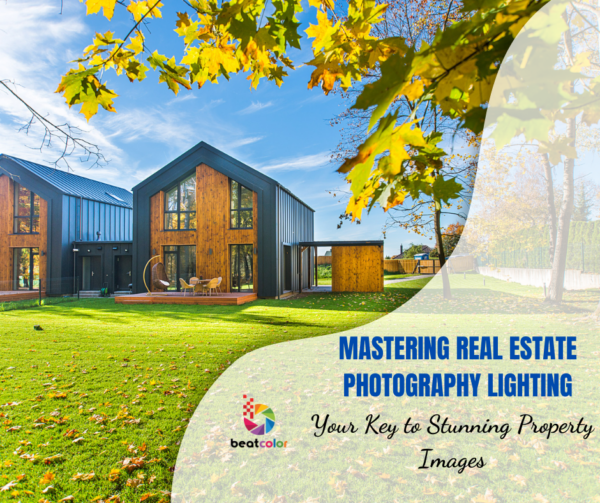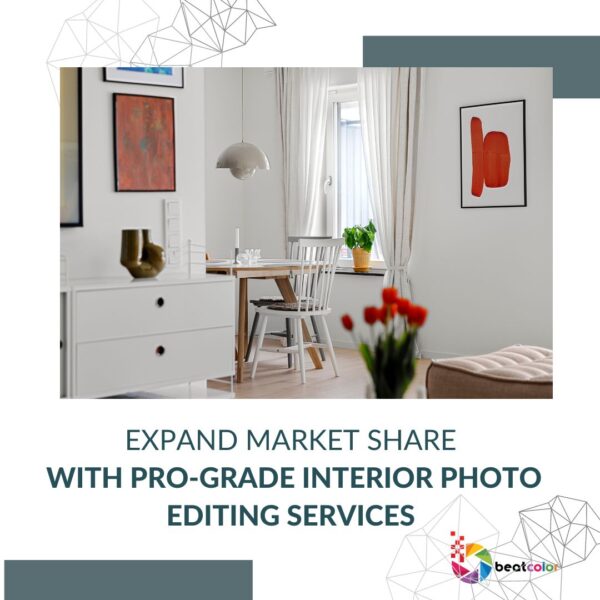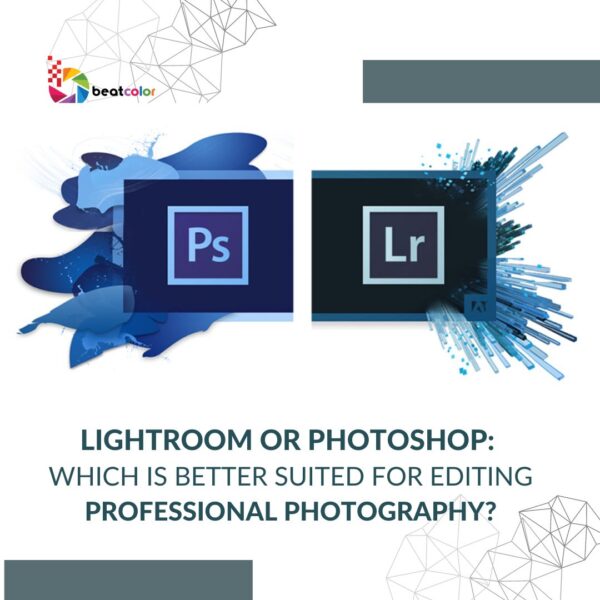Unlock Essential Real Estate Photography Gear for Stunning Listings 2024
High-quality real estate photography gear plays an indispensable role in capturing every detail and shaping view perceptions. The more efficiently the photographers invest in their top-tier equipment, the more impressive the photos are. Exceptional visuals foster confidence among buyers, presenting properties in a professional light and setting listings apart in a potential marketplace.
Recognizing the vital role of real estate equipment, discover its importance in enhancing presentations and standing out in a competitive market. Explore essential gears to elevate your listings.
The Importance of Real Estate Photography Gear
The significance of real estate photography gear cannot be overstated in the competitive realm of property marketing. Effective real estate photography relies heavily on the quality and functionality of the equipment used. High-resolution cameras with advanced sensors are essential for capturing detailed images that highlight the unique features of a property.
Moreover, intelligent flight modes and extended flight times offered by drones enable photographers to capture dynamic aerial footage effortlessly, providing potential buyers with immersive views of the property. Portability and ease of use are also key considerations, allowing photographers to capture aerial shots in various locations conveniently.
Additionally, reliable GPS and stability ensure accurate positioning and steady flight, essential for capturing high-quality footage without disruptions. Obstacle avoidance sensors further enhance safety during flight operations, particularly in complex environments. In essence, investing in top-tier real estate photography gear is crucial for professionals looking to stand out in the market and attract potential buyers with visually stunning listings.
Significant Types of Real Estate Photography Gear
1. What Cameras Can Enhance Your Real Estate Photography Shots?
In the realm of real estate photography, selecting the right camera is paramount to capturing stunning visuals that attract potential buyers. Two camera types stand out as popular choices among real estate photographers:
DSLR Cameras:
- Renowned for versatility and image quality, DSLR cameras excel in real estate photography.
- With interchangeable lenses and manual controls, they capture expansive interiors and detailed exteriors.
- Advanced features and large sensors produce high-resolution images with excellent dynamic range, presenting properties in optimal light.
Related Post: HDR Real Estate Photo Editing – What You Know?
Mirrorless Cameras:
- Mirrorless cameras, known for their compact size and advanced features, have gained popularity.
- Like DSLRs, they offer interchangeable lenses and manual controls for creative flexibility.
- Equipped with electronic viewfinders and high-resolution LCD screens, mirrorless cameras provide real-time exposure and composition previews, enhancing the shooting experience.
Both DSLR and mirrorless cameras are essential for real estate photography, offering exceptional performance and versatility. They capture spacious interiors and picturesque exteriors, enhancing property listings with captivating visuals that attract potential buyers.
Related post: What Cameras Do Real Estate Agents Use And 2024 Top Recommendations?
2. Lenses – A Real Estate Photography Gear: Versatile Focal Lengths for Enhanced Shots
Selecting the right lens is pivotal for impactful real estate photography, shaping the viewer’s perception of space and detail. Explore the essential introduction to lenses for real estate, unveiling the common types that elevate your property visuals with precision and style:
Wide-angle lens: These lenses have a focal length typically ranging from 10mm to 24mm, allowing for capturing expansive interior spaces and wide outdoor views.
Ultra-wide-angle lens: With focal lengths below 10mm, ultra-wide-angle lenses are ideal for capturing extremely spacious interiors and dramatic perspectives.
Tilt-shift lens: These specialized lenses allow for correcting perspective distortion, particularly useful in architectural photography to ensure straight lines and accurate proportions.
Standard zoom lens: While not as wide as wide-angle lenses, standard zoom lenses with focal lengths around 24mm to 70mm are versatile for capturing a variety of shots, both interior and exterior.
Prime lens: Fixed focal length lenses, such as 35mm or 50mm, are preferred for their sharpness and low-light capabilities, offering excellent image quality for detailed interior shots and portraits.
3. Illuminate Subjects for Stunning Visuals By Lighting Equipment
Unlock the potential of your real estate photography with expert lighting techniques, ensuring captivating visuals that draw in potential buyers and elevate property listings. Let’s discover various significant lighting options to enhance precision and versatility.
- Off-Camera Flash:
These wireless flashes offer flexibility, allowing placement in areas with varying light conditions. Adjusting their position enables capturing multiple bracketed images for later editing.
- Strobe Flash:
Strobe flashes emit powerful bursts of light, ideal for wide coverage and distance. Their rapid recharge time ensures efficient workflow, especially in time-sensitive situations.
- Hot Shoe Flash:
Mounted on your camera, hot shoe flashes synchronize with your camera to trigger a flash when capturing a photo. Their portability makes them convenient for on-the-go use.
- Single On-Camera Flash in Automatic Mode:
While automatic mode suffices for small spaces, a single flash may struggle to evenly illuminate larger areas without causing reflections or flatness.
- Multiple Flashes Using Manual Mode:
Multiple manual flashes provide consistent lighting across a space, although the setup is more intricate than auto modes. Opt for matching brands to ensure seamless functionality.
- Bounced Flash:
Bouncing flash-off surfaces create soft, even illumination, revealing property details. Exercise caution to avoid overexposed spots on ceilings.
- Hot Lights:
Continuous studio lighting offers even coverage and allows previewing of the final image in-camera. Although bulkier, hot lights are preferred for scenes requiring greater illumination.
Effectively utilizing natural light involves selecting the optimal time of day for soft, diffused lighting and directing light sources to balance illumination. Consider bouncing light off surfaces to achieve even distribution and avoid undesirable reflections or hotspots.
4. What Tripods Can Help Every Real Estate Photography Shot Stable and Sharp?
When it comes to real estate photography, selecting the right tripod is essential for achieving stable, professional-looking shots. Tripods come in various types to suit different shooting scenarios and preferences:
- Lightweight Tripod: Ideal for photographers on the go, these tripods offer portability without sacrificing stability.
- Heavy-duty Tripod: Designed for stability and durability, these tripods are suitable for longer shoots and challenging environments.
- Flexible Tripod: With bendable legs, these tripods provide versatility, allowing photographers to secure their cameras in unconventional positions.”
Consider your shooting needs and preferences when choosing a tripod for real estate photography. Whether you prioritize portability, stability, or flexibility, there’s a tripod available to suit your requirements. Invest in a quality tripod to ensure steady shots and professional results in every real estate shoot.
5. Drones: Aerial Perspectives to New Heights in Real Estate Photography
When it comes to real estate photography, drones offer a unique perspective, capturing stunning aerial views of properties. Drones come in various types to suit different shooting needs and preferences:
- Entry-level Drones: Affordable and easy to use, these drones are suitable for beginners looking to capture basic aerial shots.
- Prosumer Drones: Offering advanced features and higher image quality, these drones are perfect for photographers seeking more control and professional-grade results.
- Commercial Drones: Designed for professional use, these drones boast robust construction and advanced capabilities, making them ideal for capturing high-quality aerial footage for real estate marketing.”
“Consider your budget and desired features when choosing a drone for real estate photography. Whether you’re a beginner or a seasoned professional, there’s a drone available to suit your needs. Invest in a quality drone to capture breathtaking aerial views and elevate your real estate marketing efforts
Final Thoughts
Mastering essential Real Estate Photography Gear is crucial for creating stunning listings that attract buyers. By investing in high-quality equipment and staying updated on emerging technologies, photographers can elevate their craft and succeed in today’s competitive real estate market.
To enhance the visual appeal of their listings further, professionals can leverages the expertise of BEATCOLOR for any photo editing requirements. With our specialized services, real estate professionals can optimize their visuals to make a lasting impression on potential buyers, ultimately leading to increased interest and inquiries.
Related Posts:
A Complete Guide to Choose The Right Real Estate Photo Editing Service 2023
6 Biggest Real Estate Photo Editing Mistakes That Mar Property Photos
Professional Real Estate Photography Editing Techniques – Steps Explained To Follow



